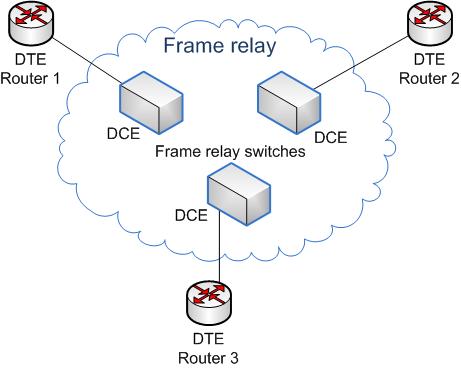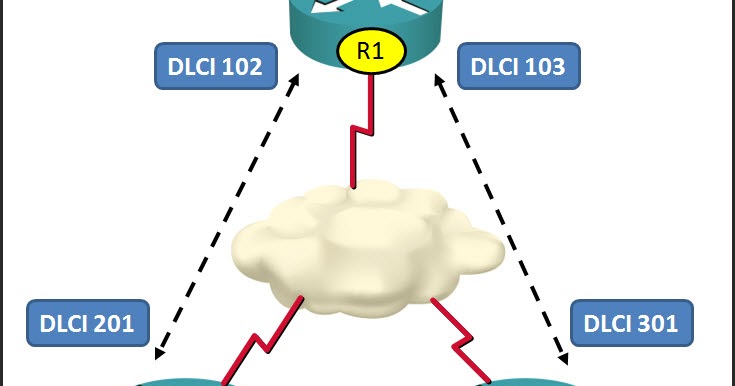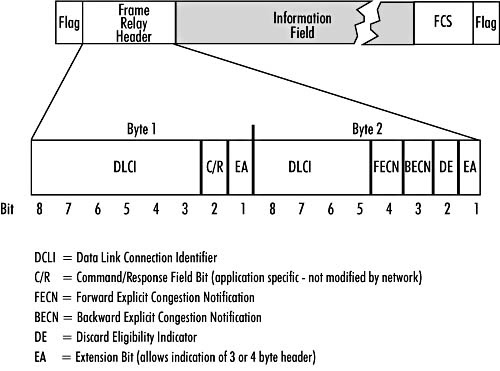
This protocol is described in detail in RFC 826.įigure 15-19 illustrates how ARP operates in an IP network. This is accomplished in Ethernet-type devices using an Internet protocol called the Address Resolution Protocol (ARP).
Frame relay simplediagrams driver#
If the IP address does belong to a computer on the network, the driver must know the hardware address of the computer to transmit the packet over the network. To send an IP datagram to a particular IP address, the network driver must have a method to find out whether the IP address belongs to a computer on the network. The discovery method used is set by the procedures outlined in the Address Resolution Protocol (ARP).
Frame relay simplediagrams mac#
A LAN system cannot communicate with a neighbor until it has discovered this neighbor’s MAC address.

LAN systems transmit data to one another by wrapping, or encapsulating, the payload in a LAN frame whose header contains the Media Access Control (MAC) address of the destination’s LAN host network interface card (NIC).
Frame relay simplediagrams full#
Router D is not part of the full mesh because it is only connected to Router B. This is enabled by the use of subinterfaces and will be discussed in more detail later in this chapter.įigure 15-18 reflects the addition of a fourth router (Router D) with a different IP address from the rest of the subnet assigned to the Frame Relay interface. Another common Frame Relay configuration would have an IP address for each VC on the Frame Relay interface.

It is worth noting that in this configuration, each Frame Relay interface is supporting multiple VCs with only a single IP address assigned to that interface, in a broadcast configuration. Each of these addresses shares the same network and subnet numbers, with only the host portion of the address differing. As illustrated in Figure 15-17, three end nodes, each with an IP address assigned, are interconnected across the Frame Relay network via the Frame Relay interface on each FRAD/router. Partially meshed configurations, generally known as hub-and-spoke, enable communication between devices with a central hub point providing the interconnection between end nodes.Ī fully meshed Frame Relay network can be treated as a VLAN or a single IP subnet. NOTE: Fully meshed configurations enable every device in the system to directly communicate with every other device in the same system. Data traffic in the same subnet will not flow through an intermediate router.įigure 15-17 illustrates three routers that are interconnected by Frame Relay PVCs in a fully meshed configuration.

IP traffic is typically bursty in nature, making it an ideal network-layer protocol for Frame Relay WANs.įigure 15-16 illustrates the correlation between the OSI model and an IP-over-Frame Relay implementation.įigure 15-16: OSI Reference Model with IP/Frame Relay IP datagrams, or packets, are routed from source to destination based on the address information found in the packet header. IP is a best-effort delivery protocol, relying on the transmission control mechanisms (that is, packet acknowledgement, sequencing) supported by TCP. The TCP/IP Suite comprises two components: the IP operating at Layer 3 (Network) and the Transmission Control Protocol (TCP) operating at Layer 4. The following sections will discuss the application of these protocol suites across Frame Relay WANs and some of the special issues, challenges, and solutions that have been developed.



 0 kommentar(er)
0 kommentar(er)
